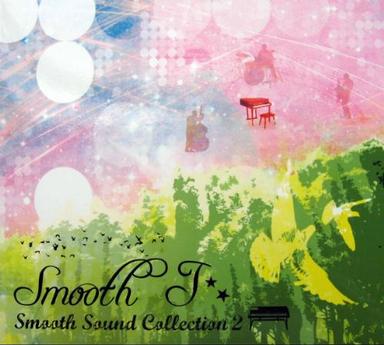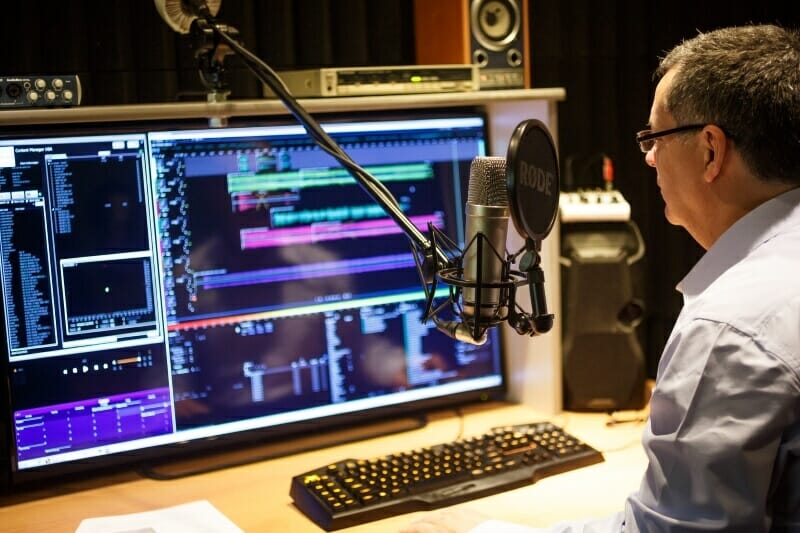
Highly rated and well-regarded, Paramount is a great option to consider if you’re in the LA area.
Smooth sound studio professional#
Their clients also rave about their friendly, professional and technically savvy staff who will help you achieve whatever outcome you’re looking for with your recording project.

That might be why they’ve survived in this ever-changing era in which setting up a home studio has become easier and more cost-efficient than ever. Honestly, you could name a name and there’s a decent chance they’ve recorded at Paramount.Ĭonsisting of eight studios, four pre-production studios, a mixing/overdub studio and a mastering studio, the facility is a well-equipped creative space that has kept up with the times. Originally built in the late 1960s, Paramount Recording Studios has been utilized by the likes of Jimi Hendrix, Led Zeppelin, Aerosmith, Bob Dylan and many other legends. Best Recording Studios In Los Angeles 2019 Conclusion.What Should I Do Before Booking My First Session?.A Studio That Can Help You Achieve Your Desired Outcome.Professional, Knowledgeable & Friendly Staff.What Should I Look For In A Recording Studio?.Are There Other Studios Worth Checking Out In LA?.Westlake Recording Studios – Studio A & B.It's cheaper than certain plugin bundles and it sounds awesome. If you're look for an all-in-one vocal processing solution, you might be interested in the very affordable dbx 286s hardware channel strip.
Smooth sound studio how to#
As with most other things in music production, it seems hard until you know how to do it. Compressing a slightly broader frequency range yields a more natural result.īy using a pop filter, gain automation and a de-esser, it's quite easy to reduce sibilance in your vocal recordings. There's a reason I'm not suggesting to set the crossover points at 8kHz and 10kHz when I do this, I find that the compression becomes too noticeable. Slowly move the crossover points towards one another until you zone in one the sibilant frequencies. The crossover points that work for the vocals you're processing will vary, but most sibilance sits somewhere within this range. I recommend starting with your low-mid crossover point at 6kHz and your mid-high crossover point at 14kHz. The sibilance in male vocals usually sits a little lower on the frequency spectrum than the sibilance in female vocals. Moving the crossover points of the bands can be helpful in achieving a natural sound as well. If the compression sounds unnatural, try increasing the release time slightly. Slowly bring the threshold down until you hear the sibilant sounds lose their harshness. Start with a ratio of 4:1, an attack time of 10 ms and a release time of 30 ms. The low band and the high band can be turned off, but the middle band is going to be used to compress the sibilant range (8-10kHz). If your multi-band compressor has three bands, you're only going to be using the middle one. If you can place a fist between the mic and the pop filter, it's been positioned at the correct distance. The pop filter should be about 6 inches away from the mic. Next, you position the filter so that it's between the vocalist's mouth and the microphone. The first thing you do is screw it onto your microphone stand. With less air shooting directly towards your microphone, you greatly reduce the plosives caused by consonants. Your vocalist stands in front of the pop filter and sings through it into the microphone. Pop filters can be made out of various different porous materials and their main job is to disperse airflow. The easiest way to reduce plosives, at a recording level, is by using a pop filter. Pop Filtersīefore fixing plosives, it's important to reduce the amount of plosives that you record. When bursts of air hit your microphone, they cause sharp transients to appear in your recorded audio file. Air flow is stopped by the vocalist's lips, teeth, or tongue, and then released with a huge amount of force.

Plosives are created by the large amount of air that's pushed out of the talent's mouth all at once.


 0 kommentar(er)
0 kommentar(er)
